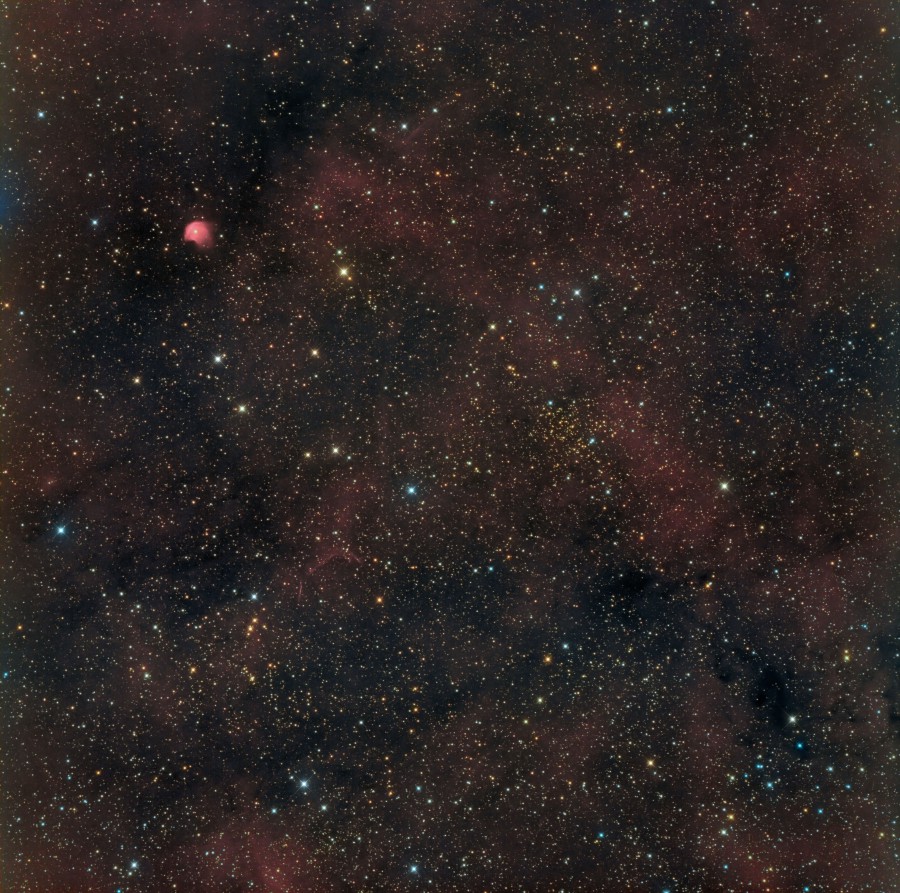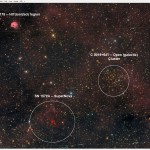The appearance of the
Milky Way supernova of 1572 belongs among the more important observation events in the history of astronomy. The appearance of the
« new star » helped to revise
ancient models of the heavens and to speed on a revolution in astronomy that began with the realisation of the need to produce better astrometric
star catalogues (and thus the need for more precise astronomical observing instruments). It also challenged the
Aristotelian dogma of the unchangeability of the realm of stars.
The supernova of 1572 is often called « Tycho’s supernova », because of Tycho Brahe‘s extensive work De nova et nullius aevi memoria prius visa stella (« Concerning the Star, new and never before seen in the life or memory of anyone », published in 1573 with reprints overseen by Johannes Kepler in 1602, and 1610), a work containing both Tycho Brahe’s own observations and the analysis of sightings from many other observers. Tycho was not the first to observe the 1572 supernova, although he was probably the most accurate observer of the object. Almost as accurate were his European colleagues, such as Wolfgang Schuler, Thomas Digges, John Dee, Francesco Maurolico, Jerónimo Muñoz,[3] Tadeáš Hájek, or Bartholomäus Reisacher.[4]
In England, Queen Elizabeth summoned the mathematician and astrologer Thomas Allen, « to have his advice about the new Star that appeared in the Cassiopeia to which he gave his Judgement very learnedly », as the antiquary John Aubrey recorded in his memoranda a century later.[5]
In Ming dynasty China, the star became an issue between Zhang Juzheng and the young Wanli Emperor: in accordance with the cosmological tradition, the emperor was warned to consider his misbehavior, since the new star was interpreted as an evil omen.[6]
The more reliable contemporary reports state that the new star itself burst forth sometime between November 2 and 6, in 1572,[citation needed] when it rivalled Venus in brightness.[7] The supernova remained visible to the naked eye into 1574, gradually fading until it disappeared from view.[7]
 Une demande de Sakib Rasool. Extrait de son texte « Tycho’s Supernova (SN 1572) in Cassiopeia: 00 25 15.12 +64 07 58.8
Une demande de Sakib Rasool. Extrait de son texte « Tycho’s Supernova (SN 1572) in Cassiopeia: 00 25 15.12 +64 07 58.8
